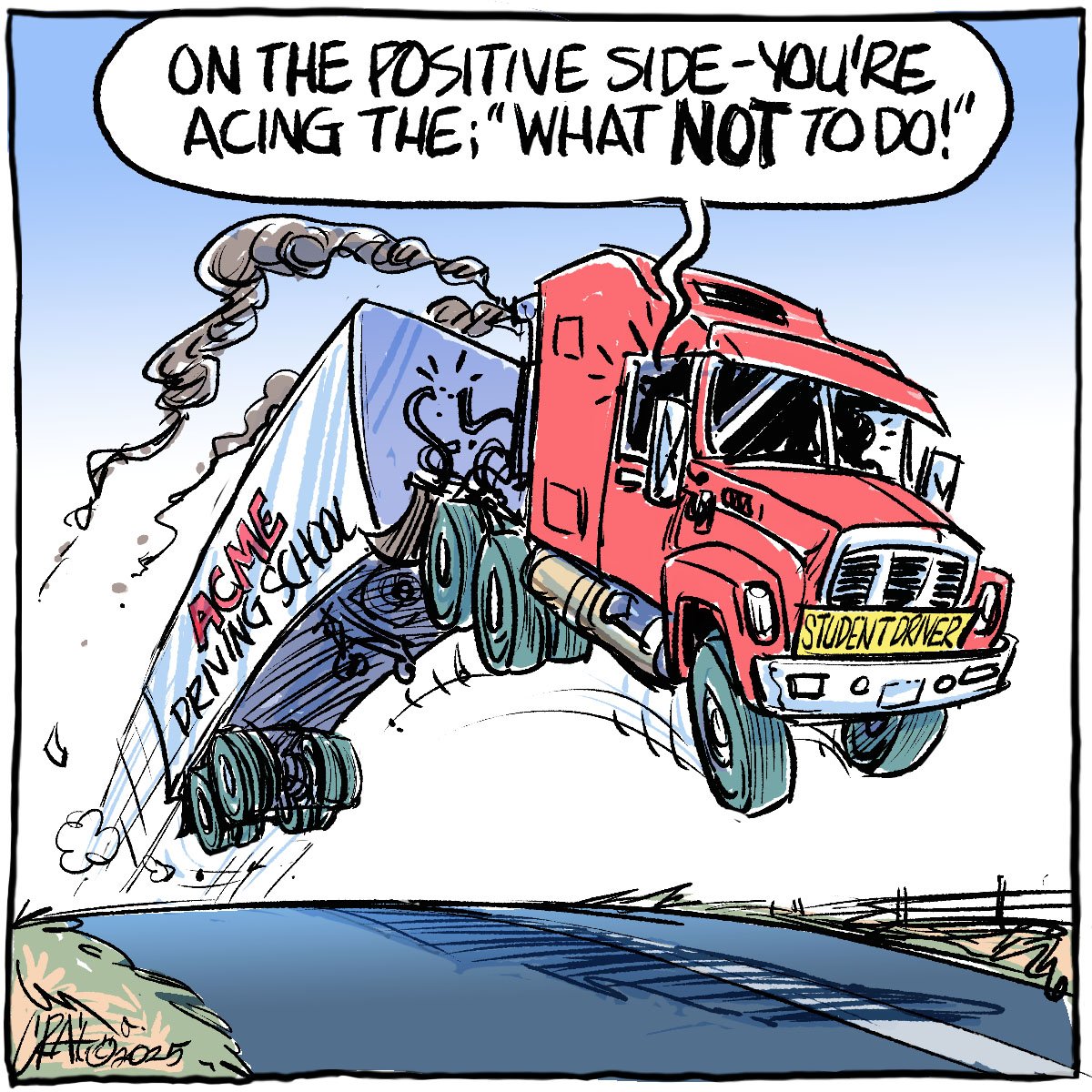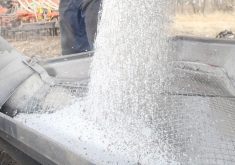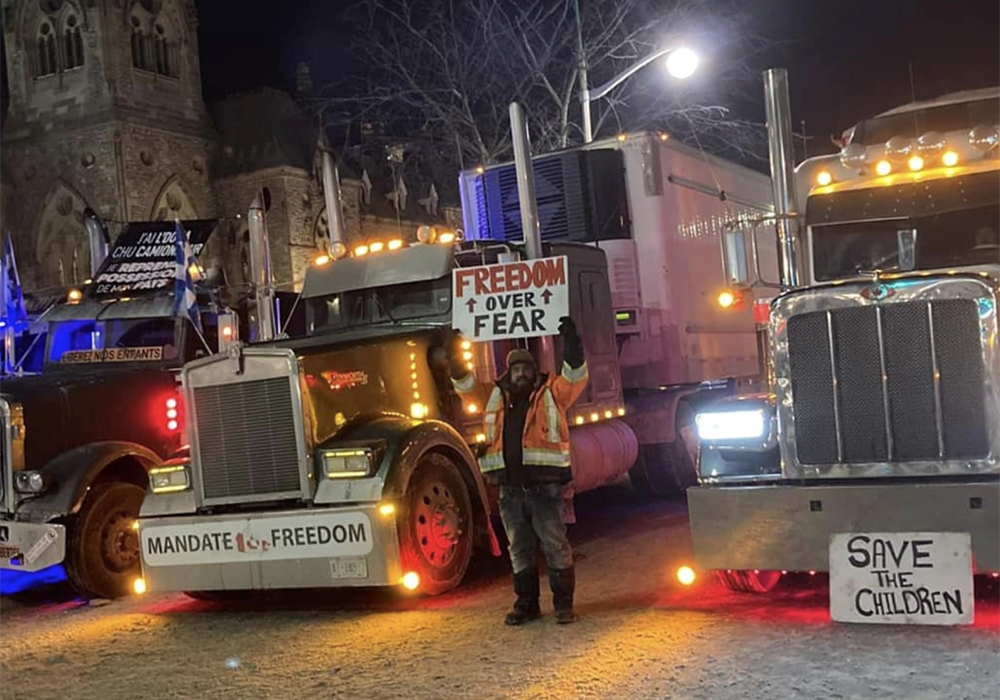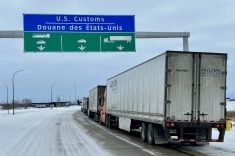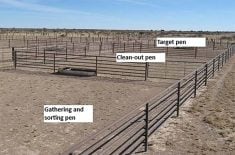There is a rural crossroad in northeastern Saskatchewan where two highways bisect the surrounding countryside.
It would be easy for motorists to overlook if it were not for a prominent memorial located just off the northwest corner of this intersection.
It is the site of what’s simply known in Saskatchewan as the Broncos bus crash, where on April 6, 2018, a bus carrying the Humboldt Broncos junior hockey team to a playoff game collided with a semi-trailer truck, whose driver had failed to stop at the stop sign.
Read Also
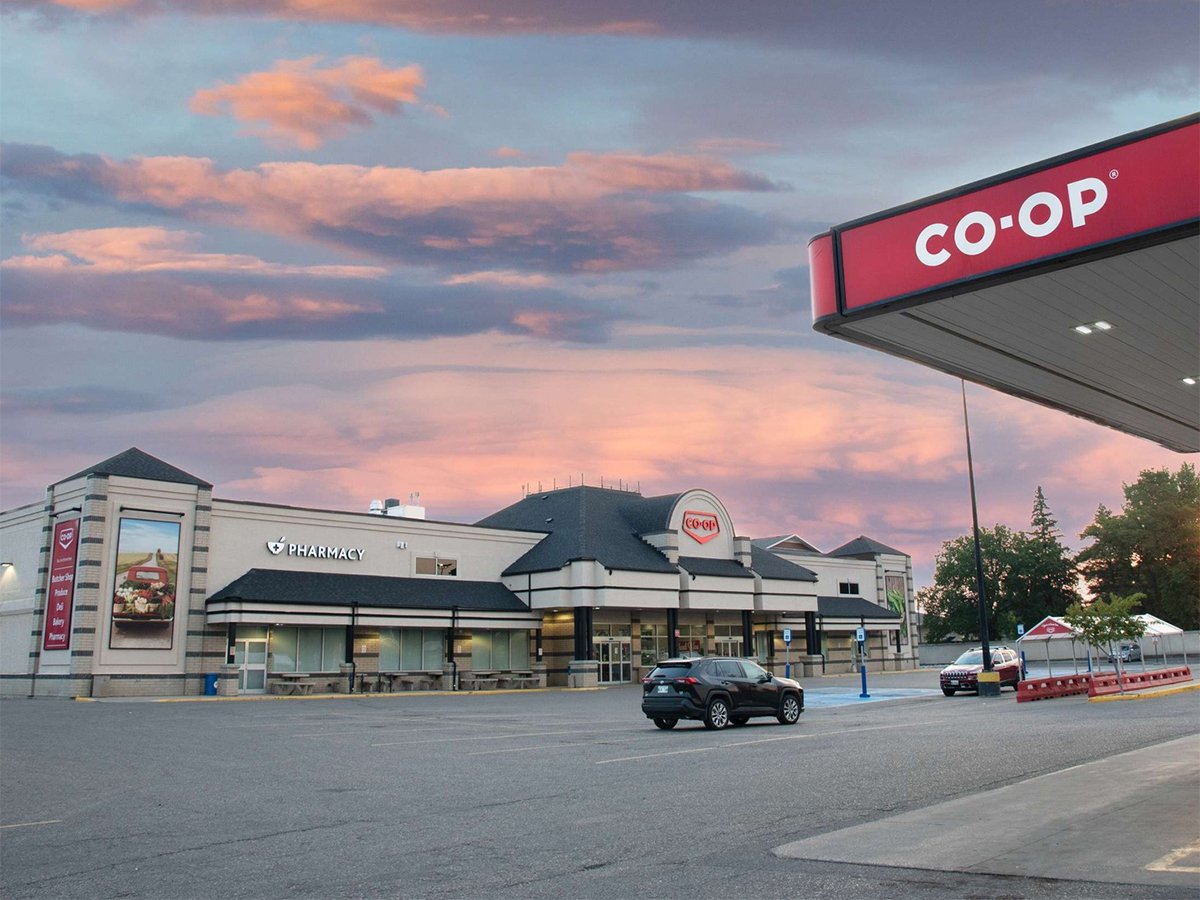
Farmer ownership cannot be seen as a guarantee for success
It’s a powerful movement when people band together to form co-ops and credit unions, but member ownership is no guarantee of success.
The tragedy, which killed 16 people, gripped the nation, resulting in an outpouring of grief for months to come.
However, it also prompted calls for renewed efforts to improve safety in the trucking industry, including national mandatory standards.
Governments did take some steps in that direction, and one has to believe that the country’s roads became a little safer as a result.
However, as often happens, trucker safety eventually faded into the background and most of us simply take for granted that those large transport trucks barrelling down our highways and the drivers behind the wheel are safely doing the right things.
Politicians in two different jurisdictions recently reminded us that the issue hasn’t completely fallen asleep.
In the U.S. House of Representatives, a Republican member of Congress tabled what she calls the Protecting America’s Roads Act.
It should come as no surprise, considering the current political climate south of the border, that the legislation is targeting “illegal immigrant commercial truck drivers and ineligible foreign nationals.”
There is a worry that the bill would stop Canadian truck drivers from hauling into the United States, which would cause all sorts of problems.
However, the bill is vague on details and may never become law. Saner heads could eventually prevail.
So that’s one approach to improving safety in the trucking industry.
The other one, from Alberta, is much more reasonable.
The provincial government responded to the rising number of bridge strikes and other cases of dangerous driving by launching an investigation that recently prompted it to order the closure of five driver training schools and issue 39 disciplinary letters, more than $100,000 in administrative penalties and six corrective action plans. It revoked 12 instructor licences and sent four warning letters to driver examiners.
The province also said it is working with federal and provincial/territorial partners to strengthen enforcement across jurisdictions.
As well, work is underway by the Canadian Council of Motor Transport Administrators to develop a national database to address the loophole that carriers currently use to exploit gaps in inter-provincial data sharing and enforcement.
However, the most intriguing aspect of the recent Alberta announcement is the government’s plans to persuade other provinces to help make trucking a Red Seal profession, which would recognize it as a trade.
Such an initiative would mean requiring 125 to 133 in-truck training hours, well above the national mandatory entry-level training minimum.
Some may worry that it could make trucking even more expensive and could further aggravate this country’s trucker shortage.
However, it might also go a long way toward making our roads safer.
The initiative certainly deserves a closer look by both provincial governments and the trucking industry.
Karen Briere, Bruce Dyck, Robin Booker, Paul Yanko and Laura Rance collaborate in the writing of Western Producer editorials.

